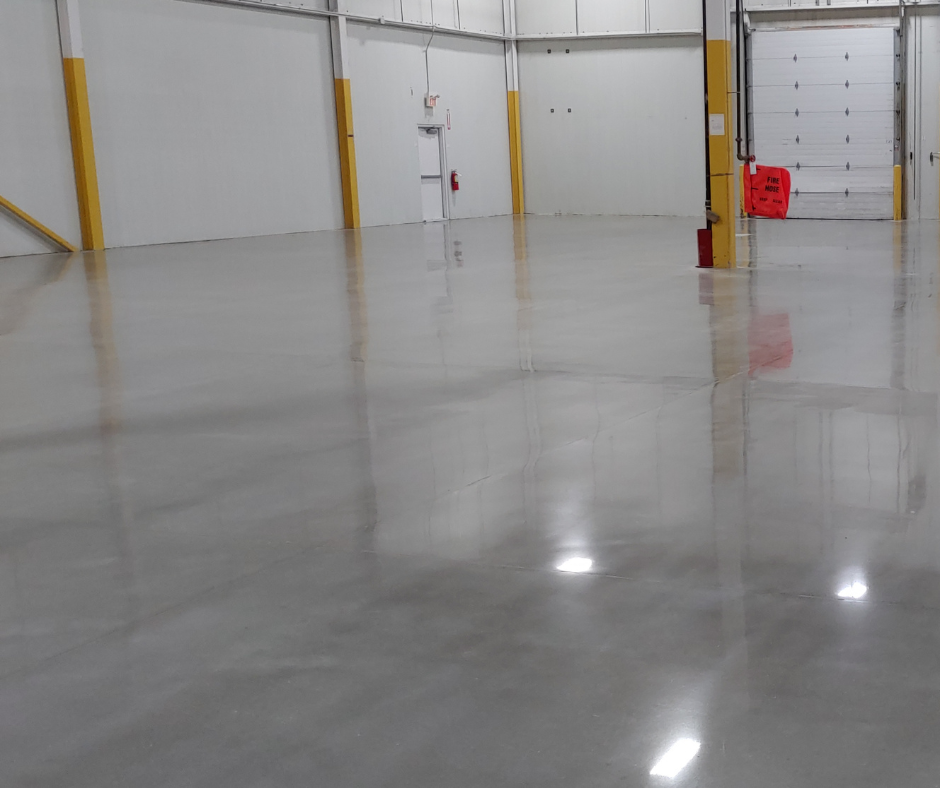THE PREMIUM CHOICE FOR FLOOR FINISHING
Polished Concrete Floors
Polished concrete flooring offers a sleek, durable, and low-maintenance solution for a wide range of industries. Its dust-proof surface helps maintain a cleaner environment, making it ideal for facilities that prioritize hygiene, such as warehouses and manufacturing plants. Retailers and showrooms also choose this flooring option because of its modern appearance and reflective properties.
We use a technique called diamond polishing. The process involves an industrial-grade diamond grinding machine with diamond-tipped discs to gradually grind down the concrete surface to a smooth, glossy finish.


Industries that Use Diamond Polishing
We serve a variety of industries that use urethane, including:
DON'T SEE YOUR INDUSTRY? JUST ASK US!
Don’t see your industry listed? Contact us directly to discuss the flooring system that will work best for your needs.
Frequently Asked Questions about Diamond Polishing
Is polished concrete suitable for high-traffic areas?
Yes, polished concrete is extremely durable and can withstand heavy foot traffic, machinery, and daily use, making it ideal for high-traffic environments like warehouses, retail stores, and manufacturing facilities.
How is polished concrete different from other flooring options?
Unlike coatings or overlays, polished concrete uses the existing concrete slab and is mechanically refined using diamond-tipped discs to achieve a smooth, glossy finish. It does not require additional materials, making it a more sustainable and cost-effective option.
Is concrete prep required before polishing concrete?
Yes, concrete prep is essential before polishing. Proper preparation, including grinding or shot blasting, ensures the surface is smooth, clean, and free from contaminants. This step is crucial for creating a durable, long-lasting polished concrete finish and prevents issues such as poor adhesion or uneven results.
REQUEST A QUOTE
CUSTOM CONCRETE FLOORING THAT WORK AS HARD AS YOU DO
Request a quote from Flortek today and a member of our sales team will contact you as soon as possible. We will schedule a site visit, review the condition of your concrete as well as observe the activities that take place within the space, and provide engineered solutions with a variety of options to fit your budget.


